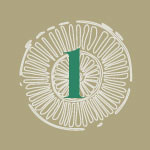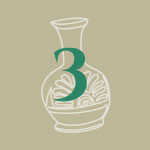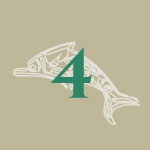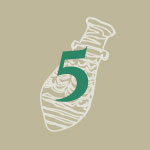Permanent Exhibition. Room 2
The journey to the Beyond. Punic Funerary Rituals (525-25 BC).
In North Africa, Punic people developed different funerary traditions, both from the eastern and the western Phoenician ones, with some influence from Egyptian and other African cultures. In Punic ideology, taking care of the body and of the burial has a great relevance, which links to their sense of belonging in the community. Punic people arriving to Ibiza brings the introduction and later generalization of inhumations, though cremation continues in minority. With the passage of time, this complex funerary ritual will simplify, with the presence of fewer grave goods in the tombs.
Agenda

Pieces in Room 2
-
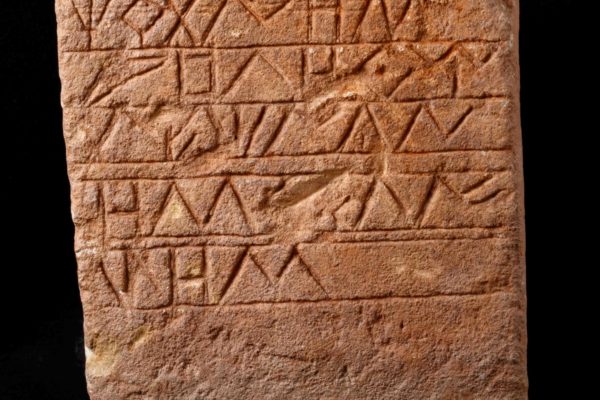
Engraved tombstone MAEF 4967
Sala 2, Museo Puig des MolinsEngraved tombstone (100-50 BC). Tombstone of a Celtiberian which says: “Tírtanos, from the people of Abulos, son of Letondo and from the city of Belikio”.
-

Sandstone krater
Sala 2, Museo Puig des MolinsSandstone krater which was part of a funerary monument (250-100 BC).
-

Fragment of ostrich egg shell
Sala 2, Museo Puig des MolinsFragment of ostrich egg shell (525-475 BC). It is decorated by a gorgon and sphynx in relief, obtained by applying some type of acid which
-
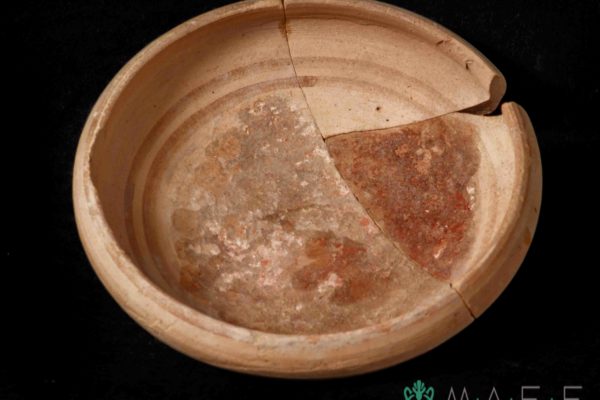
Punic- Ebusitan bowl
Sala 2, Museo Puig des MolinsPunic- Ebusitan bowl with ochre remains (425-375 BC). It is one of the few known examples where a ceramic vessel has also been used as
-
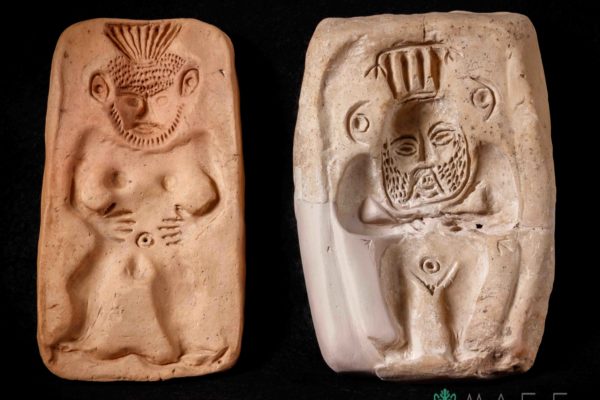
God Bes moulds
Sala 2, Museo Puig des MolinsGod Bes moulds (300-200 BC). It was probably this god who gave Ibiza its name (’Ybshm = islands of god Bes), including Formentera in this
-
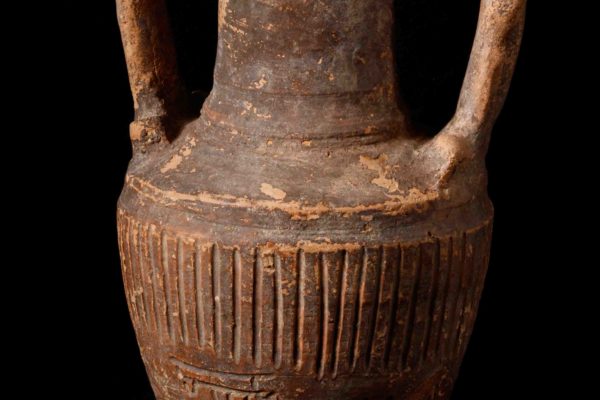
Jug
Sala 2, Museo Puig des MolinsJug. Local production inspired in late Hellenistic pottery from the south of Italy. It has an engraved inscription that translates as “(I) was made by
-
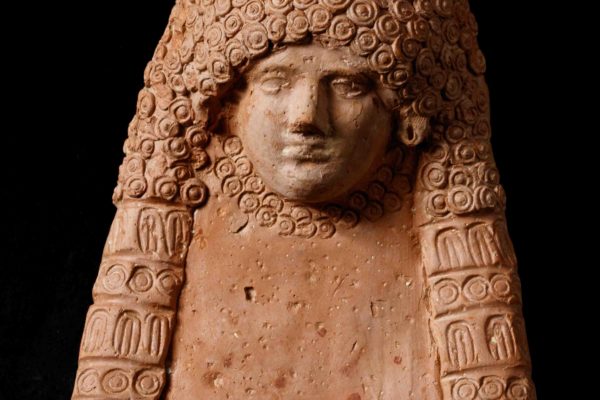
Female head
Sala 2, Museo Puig des MolinsFemale head (400-300 BC). Though its face has classic features, it is profusely adorned, which is a typical Ebusitan plastic characteristic.
-
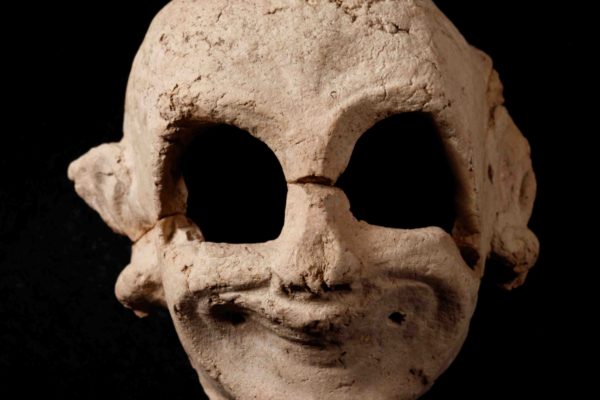
Funerary mask
Sala 2, Museo Puig des MolinsFunerary mask (400-300 BC). Genuine Punic piece that represents a male bald head with an expressive face.
-
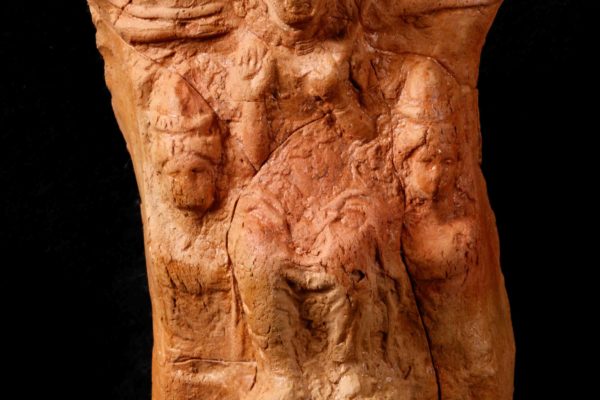
Enthroned deity Baal-Hammón
Sala 2, Museo Puig des MolinsEnthroned deity (400-300 BC). Carefully elaborated piece, representing a beardless Baal Hammon, with the fenestrated ax as a symbol of the divinity.
-

Dea Nutrix
Sala 2, Museo Puig des MolinsDea Nutrix. (400-300 BC). Representation of the Mother Goddess. Related to an agrarian worship, incarnated by Astarte and Tanit in the Punic world.
-

Pendant with an astral symbol
Sala 2, Museo Puig des MolinsPendant (150-75 BC). It represents an astral symbol, similar to the Vergina Sun, emblem of the Macedonian dynasty. After the death of Alexander the Great,
-
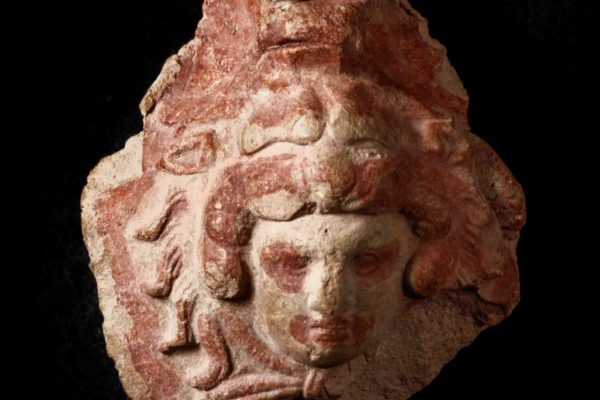
Amulet in the shape of god Melqart’s head
Sala 2, Museo Puig des MolinsAmulet in the shape of god Melqart’s head, represented as Heracles (325-200 BC). The red paint is related to the funerary ritual of closing the
-
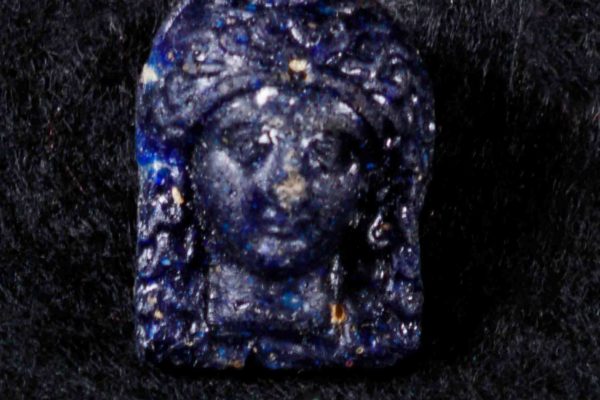
Pendant associated to Astarte or Tanit
Sala 2, Museo Puig des MolinsPendant (400-300 BC). It doesn’t present the hanging ring. It represents a double female head with an Egyptian headdress. It is associated to Astarte or,
-
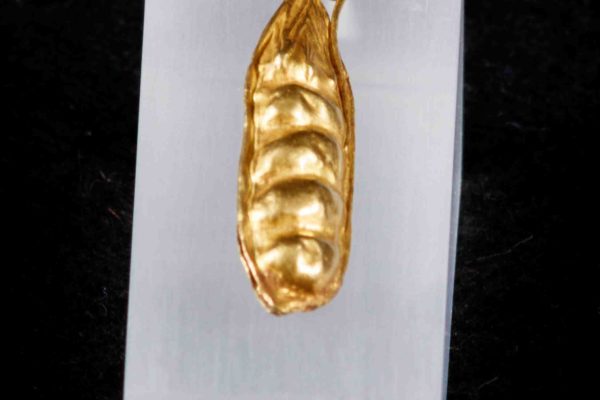
Gold pendant
Sala 2, Museo Puig des MolinsGold pendant (550-450 BC) in the shape of a pea pod or chrysalis. In North Africa it is still used as a fertility amulet.
-
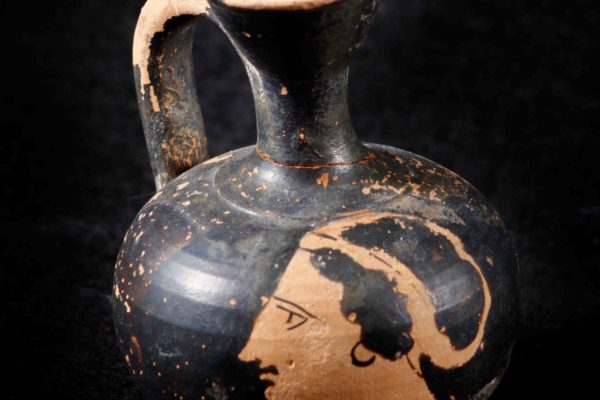
Black varnish Lekythos
Sala 2, Museo Puig des MolinsBlack varnish Lekythos decorated with a red-figure female head (400-350 BC).

